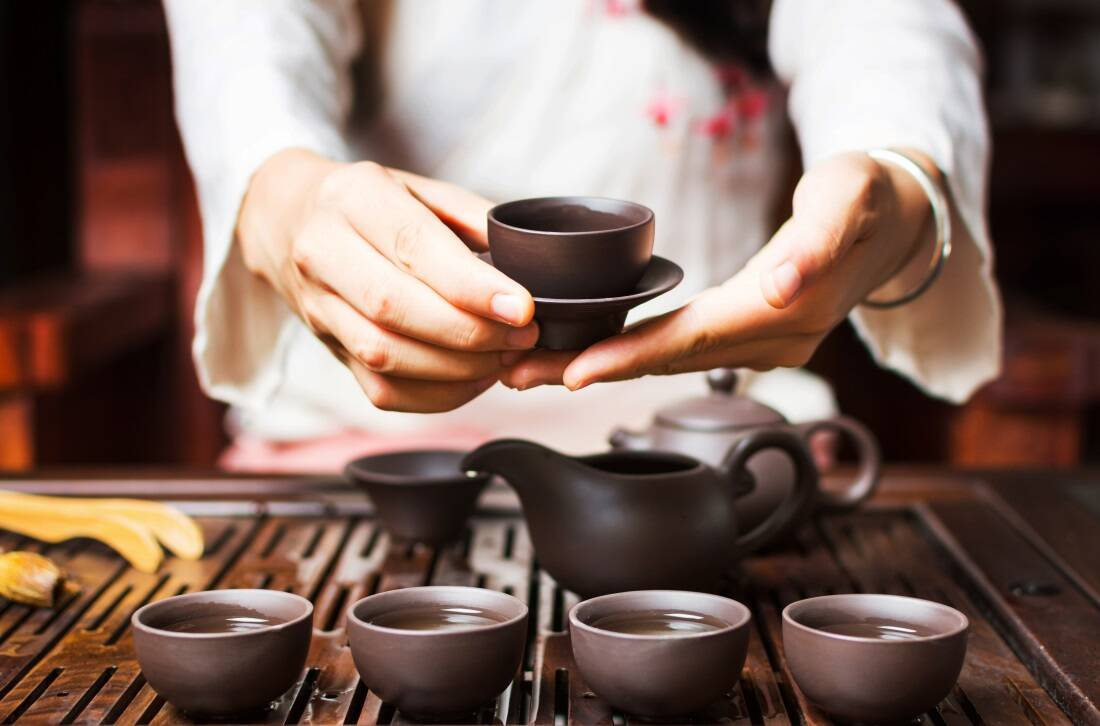
Matcha Tea Ceremony: A Traditional Japanese Ritual | furn-store
Share
Table of Contents:
Matcha tea ceremony is a traditional Japanese ritual that has been performed for centuries. It is a ritual that combines the careful preparation of matcha tea with the act of drinking the tea itself. The ceremony is deeply rooted in Japanese culture and is a way to foster mindfulness, inner quiet, and a sense of harmony, respect, and tranquility.
The matcha tea ceremony, also known as "chanoyu" or "sado," is a highly ritualized practice that has its roots in Zen Buddhism and Taoism. It is a bonding experience of mindfulness, respect, and a focus on the present. The ceremony involves the ceremonial preparation and serving of powdered green tea, known as matcha, to a small group of guests in a tranquil setting. Here is a breakdown of the various aspects of the matcha tea ceremony:
Origins of the Matcha Tea Ceremony
The matcha tea ceremony dates back to the 9th century when matcha, a finely ground powdered form of green tea, was brought from China to Japan. Buddhist monks in Japan developed the tea ceremony as a way to foster mindfulness and inner quiet. Over time, it became popular among the Japanese nobility and eventually spread to the general population.
Utensils Used in the Ceremony
The matcha tea ceremony involves the use of various utensils, each with its own significance. These include the tea bowl (chawan), bamboo tea scoop (chashaku), bamboo whisk (chasen), and tea container (natsume). Each utensil is carefully cleaned and prepared before the ceremony begins.
The Tea House and Setting
The matcha tea ceremony is often held in a traditional tea house, which is designed to create a serene and peaceful atmosphere. The tea room is sparsely decorated, with minimal furnishings and a scroll and flower arrangement as the main decorations. The setting is meant to promote a sense of tranquility and focus during the ceremony.
Steps of the Tea Ceremony
The matcha tea ceremony follows a specific sequence of steps, each with its own purpose and meaning. These steps include the purification of utensils, the preparation of the tea, the serving of the tea to guests, and the cleaning of utensils after the ceremony. Each step is performed with precision and grace, emphasizing the principles of harmony, respect, purity, and tranquility.
Principles of the Tea Ceremony
The matcha tea ceremony is guided by four main principles: harmony (wa), respect (kei), purity (sei), and tranquility (jaku). These principles reflect the values of the ceremony and guide the interactions between the host and the guests. The tea ceremony is a time to set aside worldly concerns and find inner peace and harmony.
History of the Tea Ceremony
The matcha tea ceremony has a rich history that dates back over 1,000 years. It has evolved over time, influenced by Zen Buddhism, Taoism, and the cultural practices of the samurai and nobility. The ceremony has survived through centuries and is still practiced today, preserving the traditions and values of Japanese culture.
How to Host Your Own Tea Ceremony
You can host your own matcha tea ceremony at home by following certain steps and acquiring the necessary utensils. While it may not be as elaborate as a traditional ceremony, it can still provide a meaningful and enjoyable experience. The guide will walk you through the process of hosting your own tea ceremony, including the preparation of matcha tea and the proper etiquette to follow.
Where to Get a Matcha Tea Ceremony Set
If you are interested in acquiring a matcha tea ceremony set, there are various online sources where you can find authentic utensils and matcha tea. These sets typically include a tea bowl, bamboo whisk, bamboo tea scoop, and tea container. By using the proper utensils, you can enhance your tea ceremony experience and appreciate the traditions of the practice.
